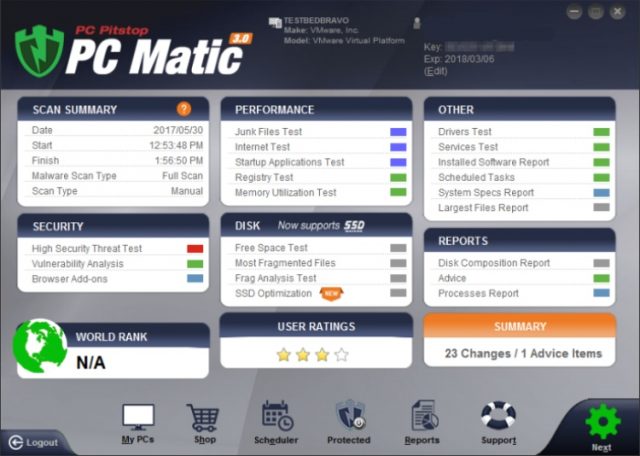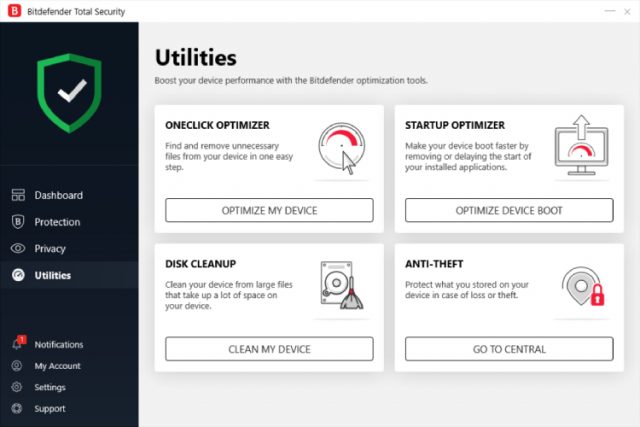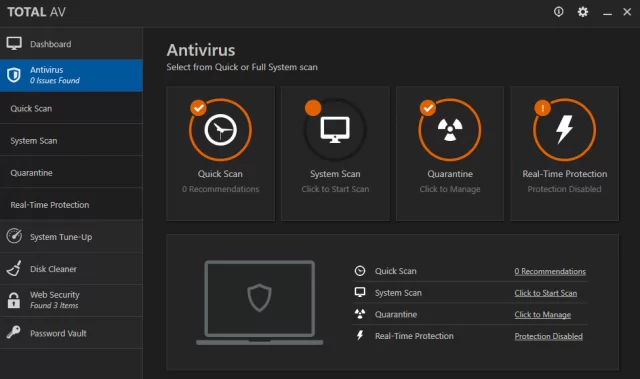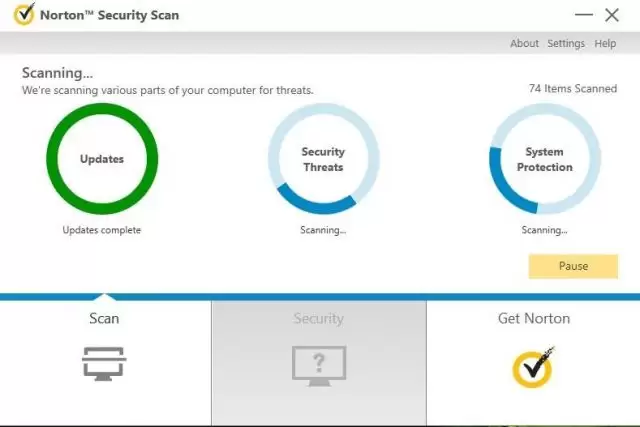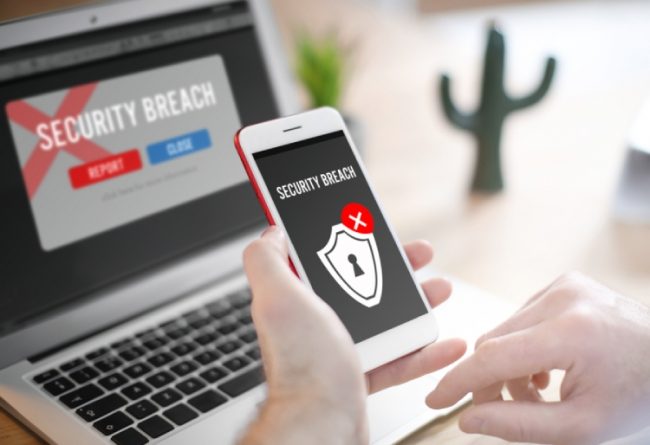
It is impossible to meet a Windows 10 user who doesn’t try their best to avoid computer viruses. Such malware is common on the Internet. Unfortunately, many virus peddlers are successfully using cutting-edge IT methods in their practice. As a result, what should serve the interests of users can be a big issue for them.
What Are the Signs of a Virus?
A virus is a malicious program that enters a computer without user information and performs specific destructive actions. Viruses are the most common enemies of computer users. These programs, like biological viruses, multiply, write in the system area of the disk, or file links, causing various harmful actions that often lead to crashes.
Numerous exceptions can occur during a virus attack. Let’s take a look at them.
After installing a faulty program, you may experience poor performance or some functions may not be available when booting your PC or laptop. You may feel the need to edit all available disks, boot from the system hard drive, and change the remaining drives if your computer freezes often. There are other telltale signs and some that are not so obvious.
Today malware that infects the system is not so easy to “see.” Criminals use malware that stays in the background undetected, collects personal info, and is very different from viruses that can damage the hard drive’s partition table.
If you come across an unknown application or Adware pop-up, this indicates more malware is presently jeopardizing your PC/Laptop’s performance.
How Does a Virus Scan Work?
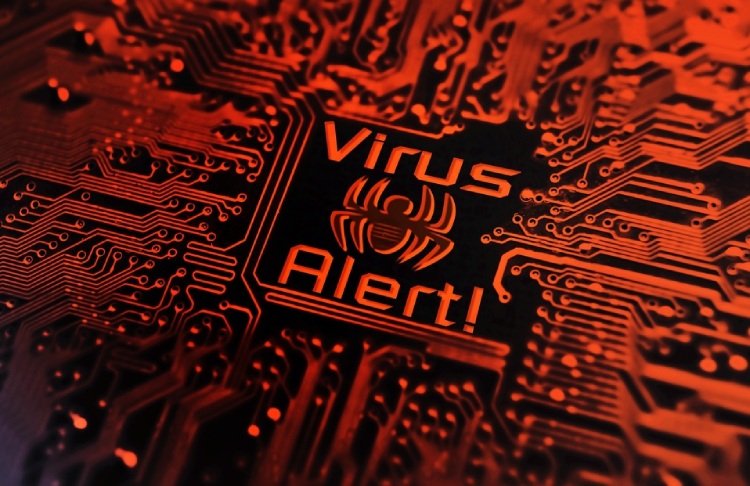
- Antivirus scanner
An antivirus scanner is a utility that checks your system for infections. The principle of the antivirus scanners functioning focuses on scanning files, sectors, and system memory, and searching for known and new (unknown) threats. A mask is a specific fixed code specific to a particular virus. Other methods apply when you scan for viruses. The advantages of the scanners are their versatility; the disadvantages are the size of the database sent by the scanners and the relatively low scanning speed for viruses.
- CRC scanners (control software)
The CRC scanners’ basis is the calculation of the CRC sums (checks) for the system sector files on disk. Then the CRC amounts are stored in the antivirus database, as well as with other information: file length, last modified dates, etc. During the next run, the CRC scanners check the data in the database using the calculated values. If the information about the file registered in the database does not match the actual values, the CRC scanners will report that it modifies or is infected.
CRC Virus scanners that use anti-theft algorithms are a powerful weapon against viruses: detecting almost 100% of viruses immediately after they appear on the computer. However, this antivirus has its disadvantages, which significantly reduce its effectiveness. This disadvantage is that when CRC scanners check for viruses, it cannot catch a virus when it appears on the system, but only sometime after the virus has spread to the computer. CRC scanners are unable to detect a virus in new files because their database does not contain information about these files.
How Can You Run Scanning for Viruses
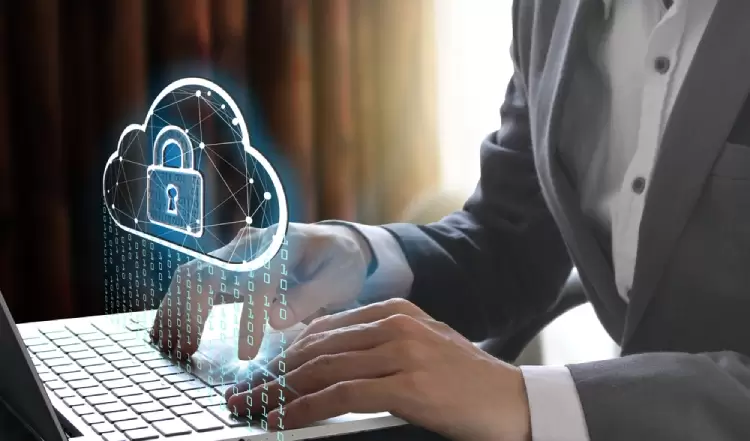
Scanning When Reading Files
- Before opening files, be sure to check them in advance with updated antivirus software.
- If the antivirus used can monitor files continuously, enable this feature. This option will help you quickly find out who or what is trying to access your computer.
- You may need to check your computer for viruses at any time. Scanning frequency depends on the load on the computer and Internet use.
- When working with external storage devices, check them with an antivirus program. It is especially true when working with someone else’s’ USB, new CDs or disks;
- Many viruses (especially network worms) place jeopardized code on an, especially attractive desktop icon.
- When working with files located on the Internet, do not start them immediately. Save the necessary file on your computer, then scan for viruses with an antivirus program.
Before the scan, it is recommended to close all programs, open browsers, windows, etc.: this increases the speed of managing Windows 10. It may take some time; it all depends on the number of files on the hard disk.
If you are scanning Windows 10 for the first time looking for a virus for Windows 10, check all the boxes, but this can take a long time because all files, including the archive, will be scanned (this takes time for scanning.)
It allows you to find potentially dangerous software archives. The software also checks the boxes for scanning, searching for hazardous programs, leaving the patented technology active. It will search for a long time, but this is necessary to check the system, including all the scanner functions personally.
Then click “Start” to check all discs. If you want to check the flash drives, select or click the checkmark next to the appropriate section (also check the USB and the flash drive from the scan stream).
In-Built Windows 10 Antivirus
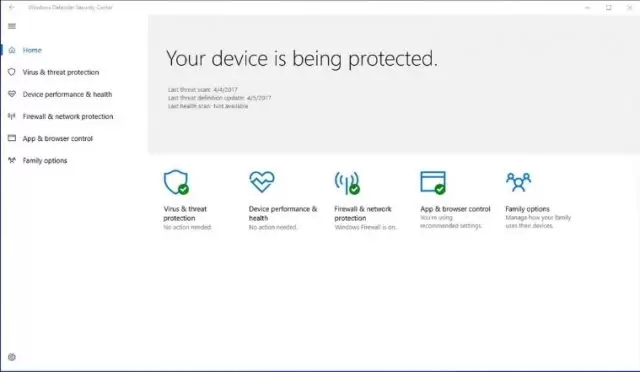
In-Built Windows 10 Antivirus is Windows Defender that is effective enough in case you have a computer virus.
Activate your Windows Defender by doing the following:
- Turn off the power immediately to prevent further spread of the virus. The only thing you can do before turning off the power is to save your current job results.
- Enter SETUP and run from drive A.
- In case of changes, the old values must be restored. In no case, it is necessary to run a program located on the hard disk.
- You must boot from the drive and, in turn, run the detection programs located on Windows 10.
- If the detection program finds a virus, there are two options. If a treatment module management program is installed, file recovery is recommended. If such a program does not exist, one of the detectors should be used for treatment.
- After removing all viruses, the operating system must be redirected to the hard disk (using the SYS command).
- It is necessary to check the integrity of the file system on the hard disk (using CHKDSK) and repair any damage.
- Viruses on the hard drive must be re-scanned; otherwise, you can reconnect from the hard drive.
- You must have all the necessary files and programs that use the archive and, of course, check your hard drive when you reboot from a disk.
- If everything is okay, all infected disks must be scanned and processed if necessary.
- After removing the virus, you can continue working. In addition to the above elements, particular attention must be paid to the archives (ZIP): modules, compressed files, and self-extracting files created by utilities such as ZIP2EXE. If you accidentally insert an infected file into a package, you cannot find and delete it without opening it. In this case, the common situation occurs when not all antivirus programs can scan for viruses in compressed files, then cleans disks of viruses, but after a while, the virus reappears.
The virus may remain in the software’s distribution copy for several years and may appear unexpectedly when installing programs on a new computer.
Third-Party Virus Scanners
Types of third-Party antivirus scanners are as follows:
- Monitors (or security software)
Antivirus monitors are ordinary programs that prevent dangerous situations for viruses and inform the user. Harmful viruses include calls that are open to records and executable files, writes to boot sectors of a disk or MBR to a hard drive, and attempts to save resident files. That is virus-specific calls during duplication. The advantage of monitors is detecting and blocking the virus in the first phase of its reproduction. It’s also beneficial in cases where a known virus appears continuously. The disadvantages include monitoring protection and many false positives, which led to users, ultimately rejecting these antivirus programs. There are several optional universal monitors, but the computer’s standard configuration exacerbates the disadvantages mentioned above and the difficulties of installation and configuration. All of this makes hardware monitoring less accessible than other types of antivirus protection.
- Preventive software
Preventive programs not only find infected files but “cure” them, that is, they eliminate the main file of the antivirus program and restore their original state. At the beginning of the work, the software looks for viruses in the user memory, eliminates them and then “cures” the files.
- Detection programs
The detection programs are created for detecting viruses in the cache, in the external environment, and upon discovery, generate the corresponding message. There are universal and particular detectors. Universal detectors verify the stability of files in their work and compare them with the verification standard. The disadvantage of universal scanners is that they do not reveal the causes of file corruption. Specialized detectors look for known viruses based on their signatures (repeat the code section). The disadvantage of such technology is that they do not detect known viruses.
The detectors have several viruses called solid detectors. The disadvantage of such antivirus programs is that they are capable of detecting viruses known to the creators of such programs.
Can’t Sign Into Your Computer to Run a Scan?
These steps are simple, and many users follow them, but not everyone knows it exists: how to perform virus scans by entering Safe Mode. In this case, you need to reboot the PC / Laptop to change and try to restore the settings by using Safe Mode. (or, if you have a good idea of your actions, using Norton Disk Edit).
First, you can use the “Troubleshoot” program. To get to it, try holding the “Shift” key, and “Restart” button. It will bring up the boot screen where you can select “Troubleshoot” from the options.
If this does not help or you have an older Windows OS, it remains this is not the only way to enter safe mode. Press F8 before the boot screen when turning on or restarting your operating system again. Then select “Safe Mode.” You can neutralize your virus by deleting all the executable and batch files, drivers, overlay data, and restoring the system to earlier dates before you downloaded faulty software.
Best Antiviruses for Virus Scanning for Windows 10
Antivirus software requires a quality defined by the following elements:
- Reliability and usability: lack of antivirus units that require specific knowledge and other technical problems.
- Detection of all common types of viruses, scan quality of documents/spreadsheets (MSWord, Excel, Office, etc.), compressed and archived files; the absence of “false positives.” The frequency of new versions is also essential for scanners and the speed of scanner settings for new viruses.
- The availability of antivirus versions for all popular platforms (Windows, Windows NT, WindowsXP, Novell NetWare, OS / 2, A1pha, Linux, etc.).
- Other useful functions.
PC Matic Antivirus
There are many antivirus programs available on the antivirus software market. Some antivirus programs are free; others require payments. Among them, you can see PC Matic dominates with unique US-based optimization tools.
Sometimes antivirus programs can send false alarms and block programs mistaking them for viruses. Because of this, many simple utilities and applications that don’t specify incidents can be a nuisance. False positives from antivirus programs are possible and not uncommon. They can slow down the operating system’s performance and even reduce security.
In PC Matic’s case, you receive a selective recommendation that helps you obtain clarification of what apps and antivirus software developers are harmful. PC Matic is known for having an effective whitelisting approach. Among paid antiviruses, it includes a potent interface that classifies malware threats.
BitDefender Antivirus
The process of scanning for viruses identifies dangerous links. Since Bitdefender checks all disks and archives vigilantly, if there is a virus, it cannot hide from this impressive phishing detection technology.
The Ransomware Remediation feature backs up files that the scanner detects are targeted by viruses.
Bitdefender’s Behavior Monitor stops encryption of messages displayed by ransomware. After the test, Web Shield safeguards appear with more results, before looking for and finding viruses. When finished, you can remove the compromised files.
If it is not deleted, in a window, you can safeguard programs and components to access inside the Web Shield. Also, when you need to shop online, the SafePay feature can block unwanted browser extensions before installing themselves in your Windows 10 applications.
Total AV Antivirus
Known viruses can be divided into the following groups: file viruses, network viruses (“worms”), boot viruses, macro viruses, Trojan horses. Another group of viruses popularized in 2015 is macro viruses, which do not infect programs but are documents created in Microsoft Word and Microsoft Excel. However, in this case, Total AV Antivirus remains a user-friendly line of defense with straightforward modifications.
This antivirus software suite is making new rules for developing data protection solutions for iOS, Android, Mac OS, and Windows 10 users with 14 security features and 22 security tools guaranteeing real-time protection. No wonder this malicious program detection app has seen over 8,000,000 downloads. If someone can write a virus that infects the * .com and * .exe executable files, TotalAV firewall protection will make building a complete virus in a Windows program more challenging for intruders.
The firewall makes sure you don’t have to avoid installed public Wi-Fi networks. Many people use malicious phishing methods with a computer, and anyone can steal personal information. You can bring the virus from your USB, disk, CD, or registration information into a phishing URL site.
Norton 360 Antivirus
The Norton 360 current release lives up to expectations. Send viruses a clear message and get great value for a plethora of unique antivirus features. According to the majority of users who rely on its impressive security package, Norton 360 has minimal impact on PC performance. As you send individual queries in the My Norton split-screen interface, you’ll block malicious domains and viruses from groups in the organization of your computer security interface.
The app makes many improvements; for example, you have many free browser extensions to install. It also uses PGP or other public-key cryptographic systems for record-keeping. The Norton Password Manager works as crucial support for organization and accessibility.
Messages that do not go through identification can undergo Quick Scans aggressive detection system. If a new virus is detected, Norton’s Power Eraser notifies your computer’s security system.
Not all performance problems are attributed to present viruses; storage space is also a key factor. That is why it’s crucial that users can trust Norton 360’s resources won’t overload background processes. Resume browsing with little interruption, all while taking strict action against unknown viruses to delete them ultimately.
Vipre

Vipre checks your system using both conventional and unconventional means. Rarely are online environments, not subject to virus attacks. For protection, you need the functions of Vipre RapidScan Technology. No other antivirus programs manage to provide absolute security at this speed. Not to mention how much individual users appreciate its Social-Watch feature.
Vipre has a great real-time scanning system. Many users swear by its 99% detection rate to de-escalate dangerous situations. It’s tested in the field of viral security of platforms.
Also, the Secure File Eraser deletes stubborn malware from your searches and programs without a trace. The latest antivirus program versions perform sophisticated scanning for viruses, taking necessary precautions to check their latest update on viruses, thus ensuring the highest quality protection.
We recommend Vipre’s maintenance bundle to install paid antivirus and its bonus tune-up/optimization tools. You can protect your computer reliably (primarily when you often use the Internet and work on the local network).
What’s Next?
Many tech companies (including Microsoft) believe that their software catching a virus is high. To avoid problems, it is essential to know the main methods of spreading computer viruses. Remember, Windows 10 apps become vulnerable by installing malicious software and becoming a victim of malicious code on compromised networks.
You never know when a new threat will unleash itself in the world of the Internet. Stay one step ahead of hackers and adware by equipping your PC or laptop with the latest Antivirus applications and programs. If there is a risk that your computer software will be infected, you will need help immediately. Antivirus scanners scan each file carefully and delete the vulnerable app before it can spread.
